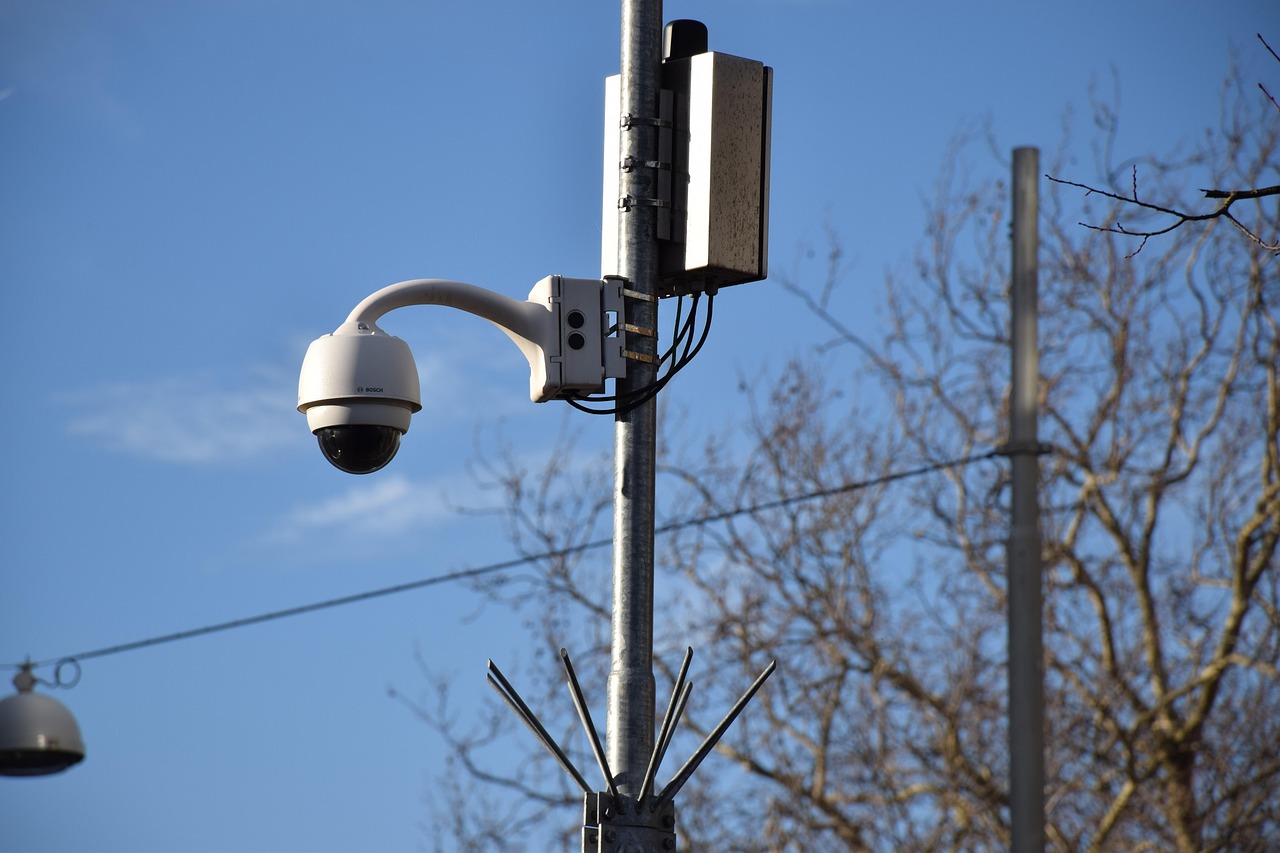
In the rapidly evolving landscape of web development, GraphQL has emerged as a powerful alternative to traditional REST APIs, providing a more flexible and efficient means for querying and manipulating data. However, with its growing adoption, security experts have raised concerns about the potential exposure of sensitive information through GraphQL endpoints, particularly due to the introspection feature.
Introspection is a fundamental feature of GraphQL that allows clients to query the schema to understand the types and operations available. This self-describing nature is one of GraphQL’s strengths, facilitating ease of development and integration. However, it also presents a unique set of challenges, especially in the context of security and privacy.
When a GraphQL endpoint exposes introspection data, it essentially reveals the entire schema to anyone with access to the endpoint. This can include type definitions, available queries, mutations, and even descriptions of fields. While this transparency is beneficial for developers, it may inadvertently provide malicious actors with detailed insights into the underlying data structure and operations, potentially aiding in the crafting of targeted attacks.
The implications of exposing introspection data are significant. Here are some key considerations:
- Increased Attack Surface: By revealing the schema, attackers can gain a comprehensive understanding of the API’s capabilities, making it easier to identify and exploit potential vulnerabilities.
- Data Sensitivity: Introspection might expose sensitive information about the database schema, including deprecated or undocumented fields that could be leveraged in unauthorized ways.
- Unauthorized Access: Knowledge of the schema can facilitate unauthorized access to data, especially if access controls are not rigorously enforced at the field level.
Globally, organizations are becoming increasingly aware of the risks associated with GraphQL introspection. To mitigate these risks, several best practices are recommended:
- Disable Introspection in Production: While introspection is invaluable during development, it is advisable to disable this feature in production environments to minimize exposure.
- Implement Robust Authentication and Authorization: Ensuring that only authorized users can access the API and perform specific operations is crucial in safeguarding data integrity and privacy.
- Schema Whitelisting: Restricting the operations and fields available to external clients can help limit the exposure of sensitive information.
- Rate Limiting and Logging: Monitoring API usage and implementing rate limiting can help detect and deter suspicious activity.
The global tech community continues to explore innovative strategies to balance the benefits of GraphQL’s introspective capabilities with the need for robust security protocols. As more organizations deploy GraphQL in their architectures, understanding and mitigating the risks of introspection remains a critical focus.
In conclusion, while GraphQL’s introspection feature facilitates a seamless and interactive development experience, it also necessitates a cautious approach to security. By adopting best practices and remaining vigilant, organizations can harness the power of GraphQL while safeguarding their data against potential threats.















